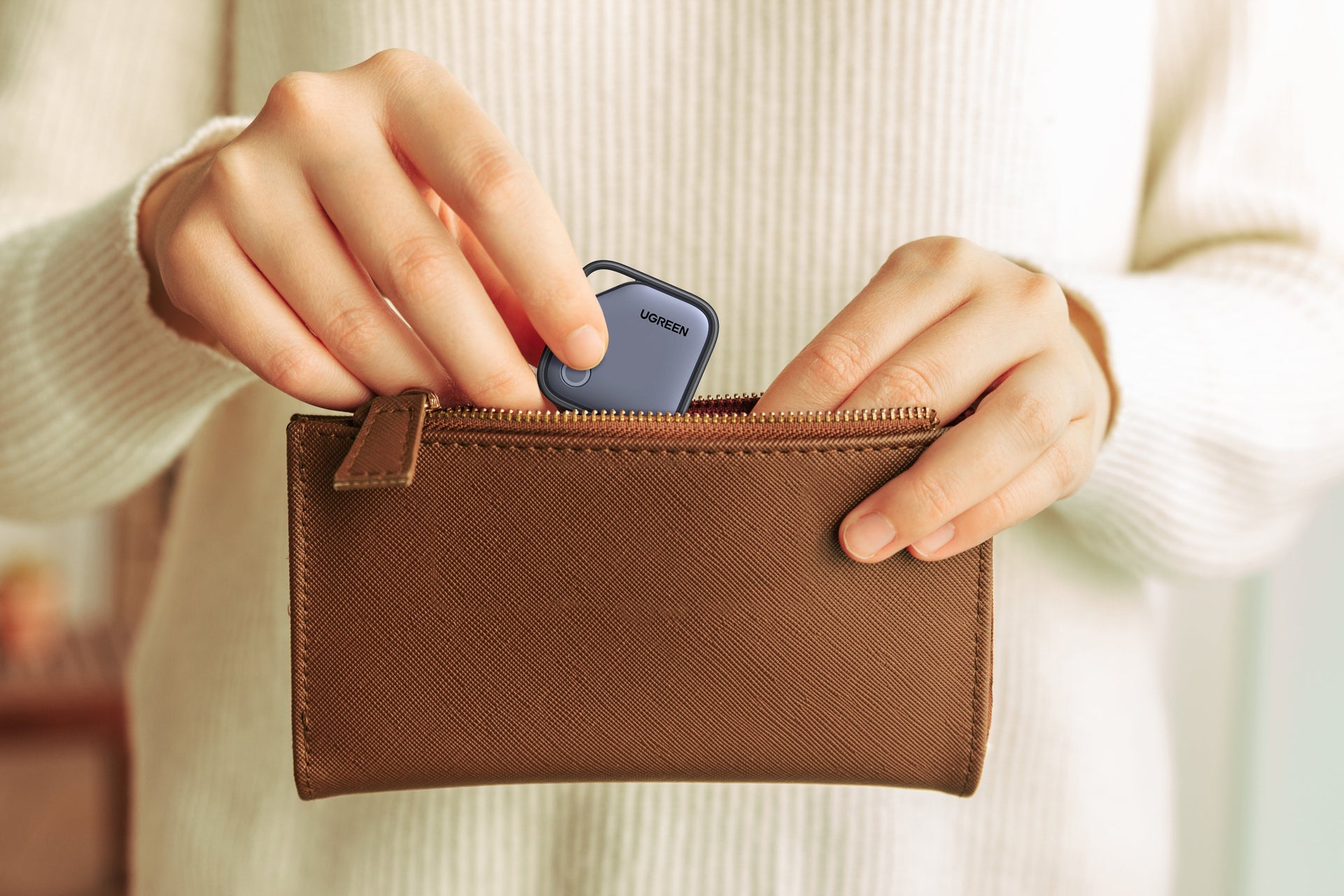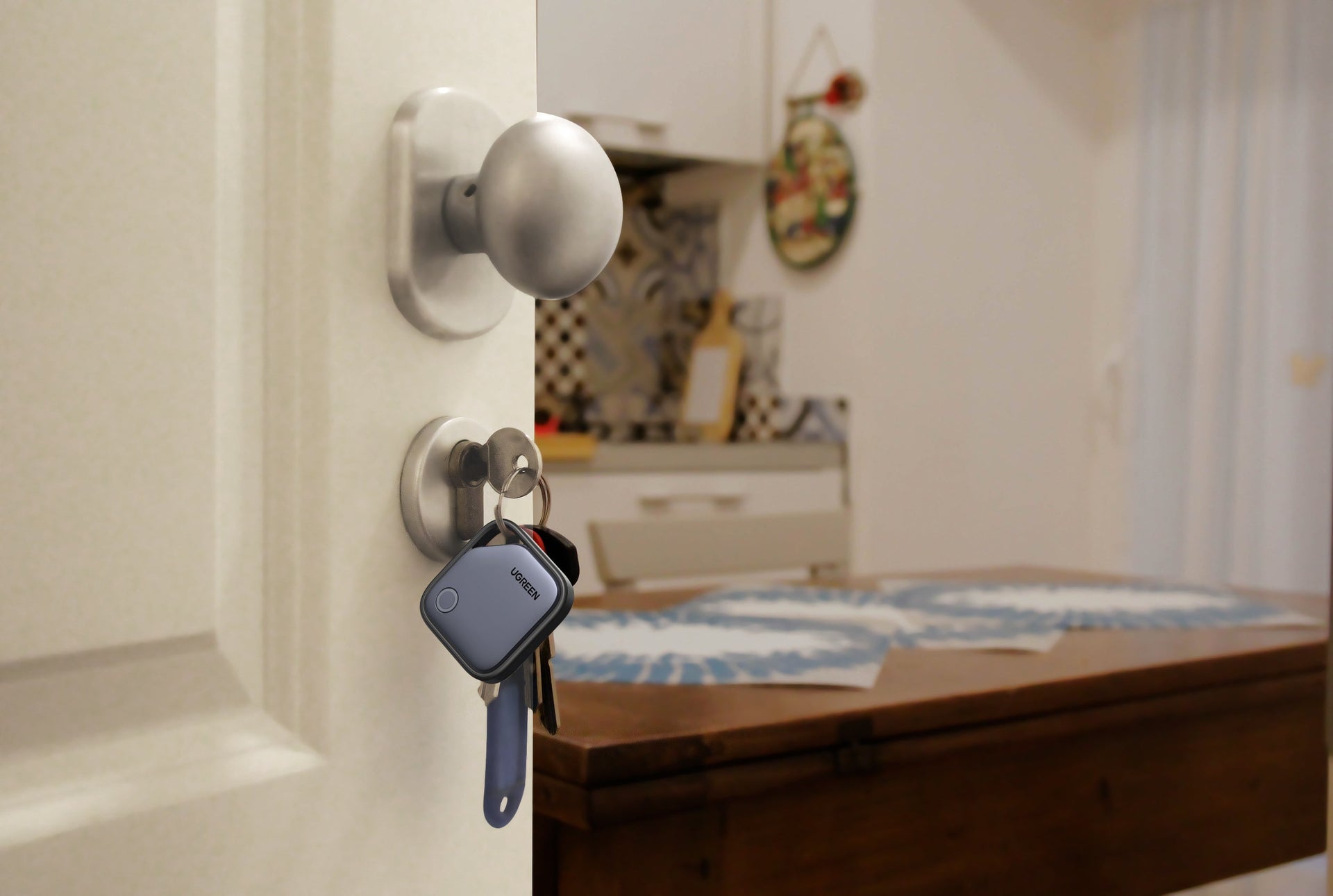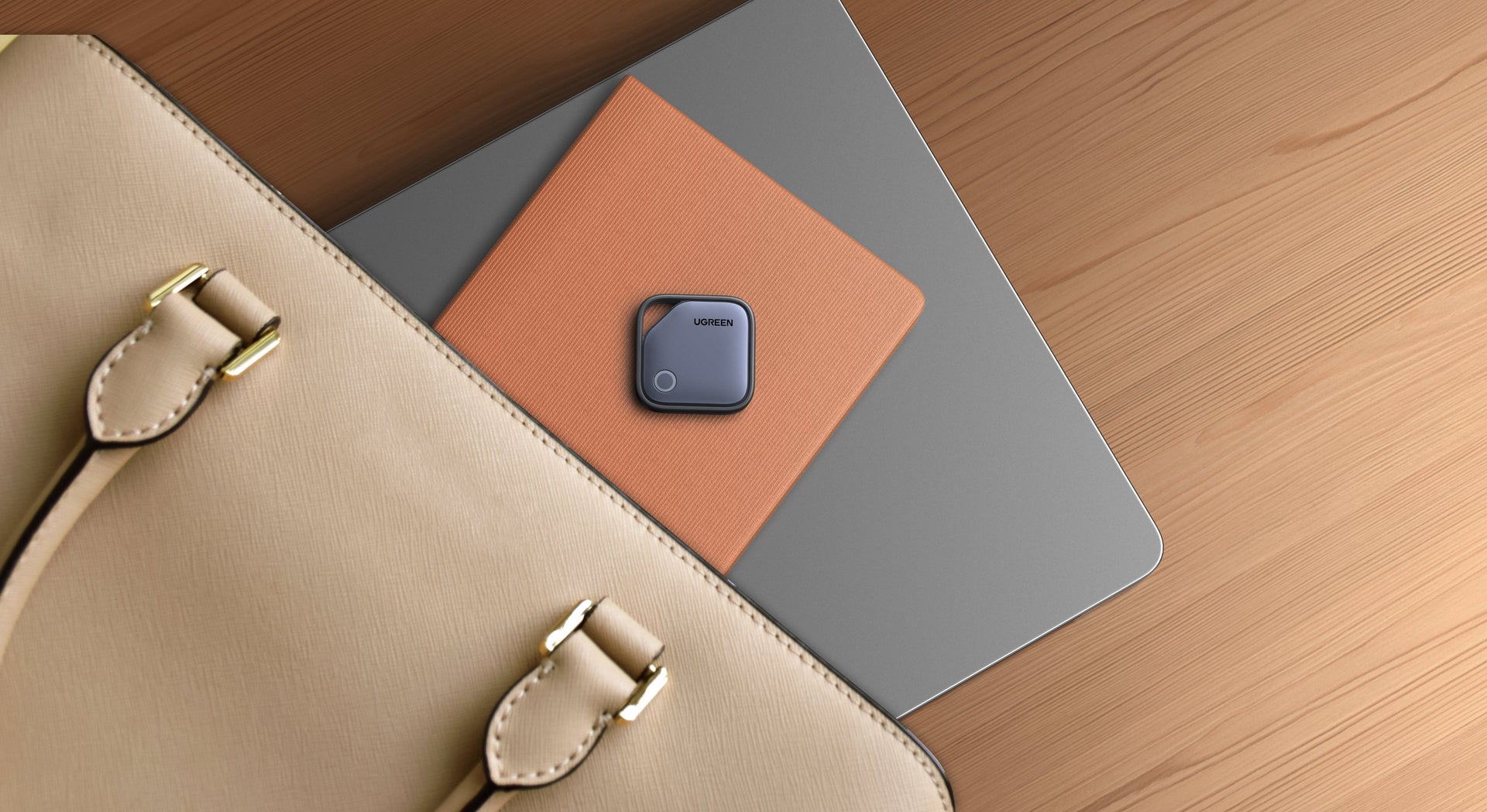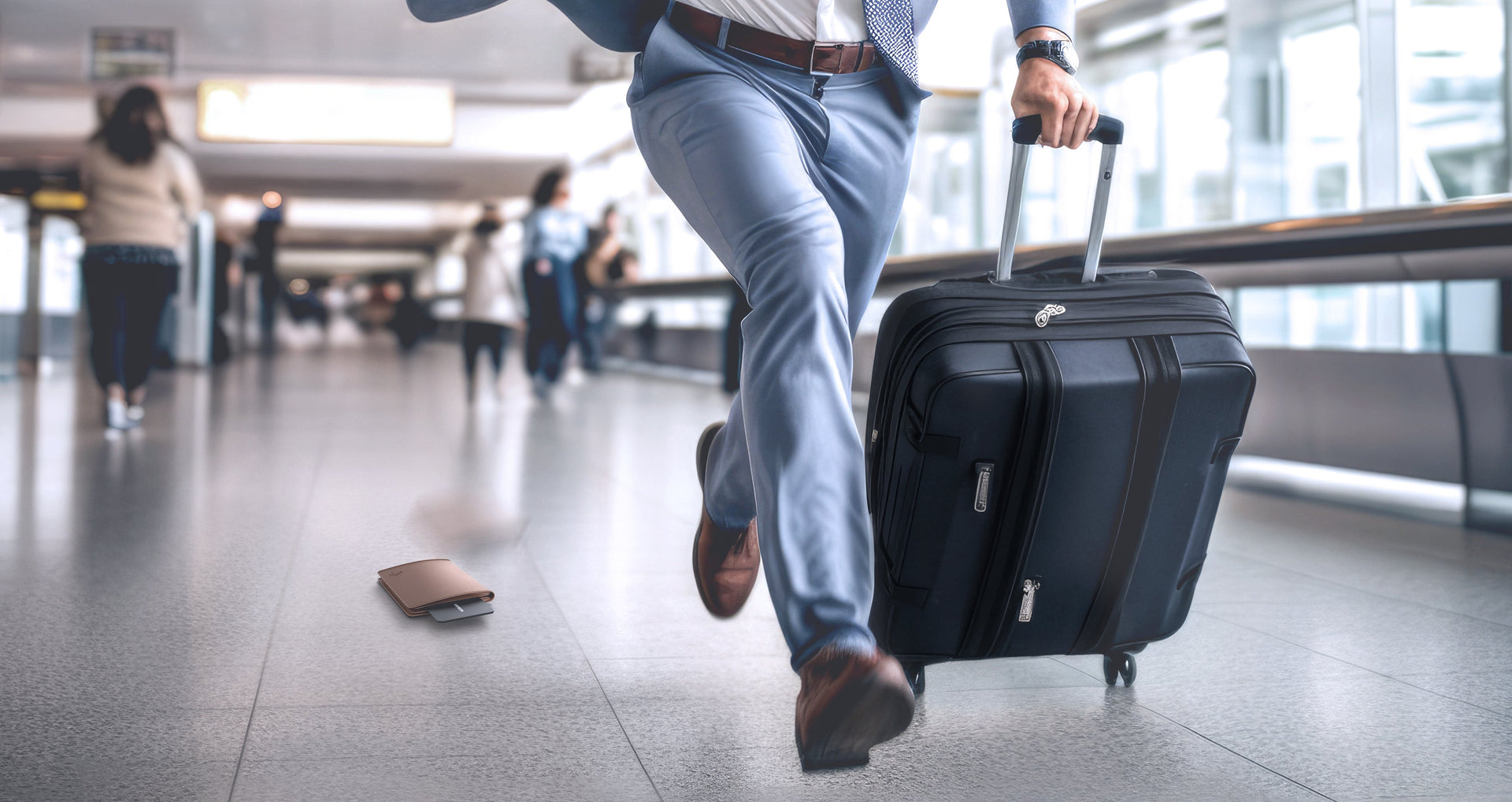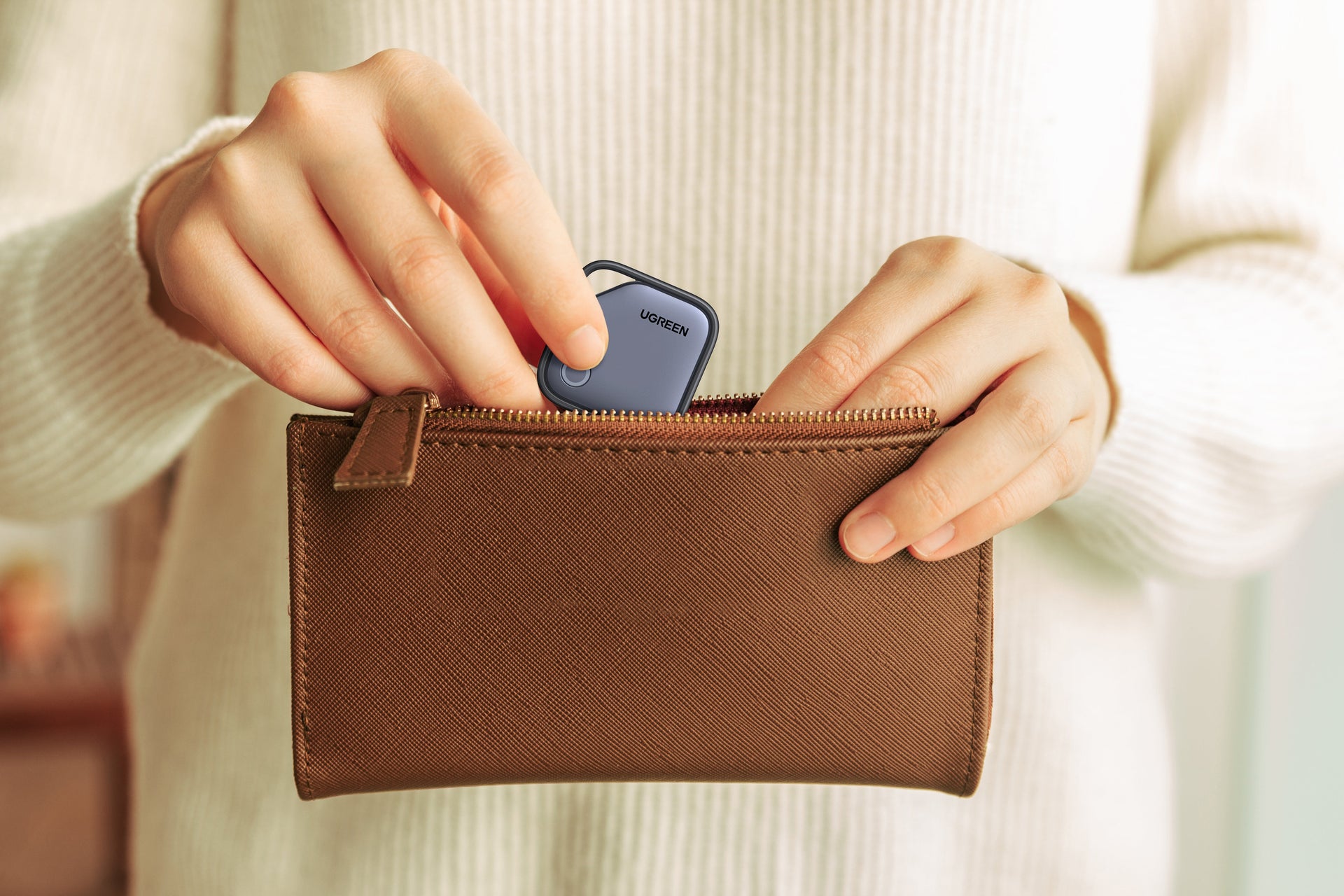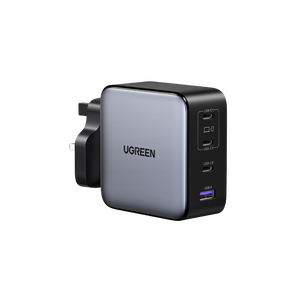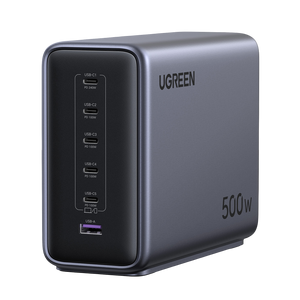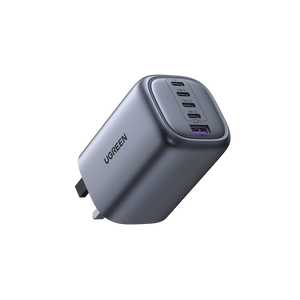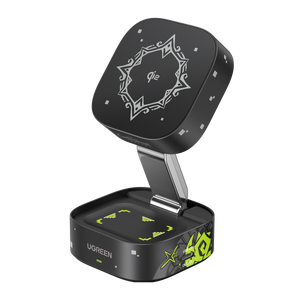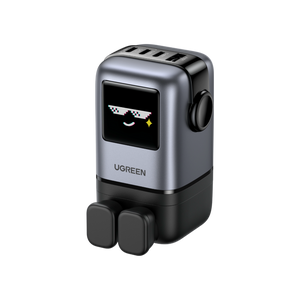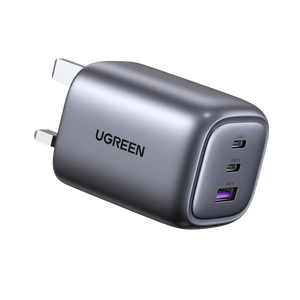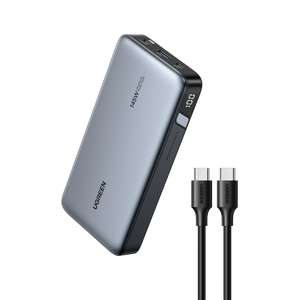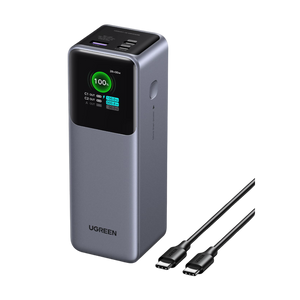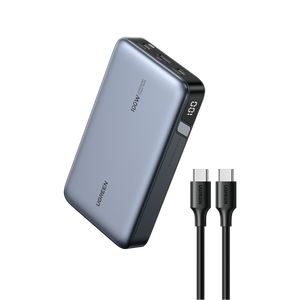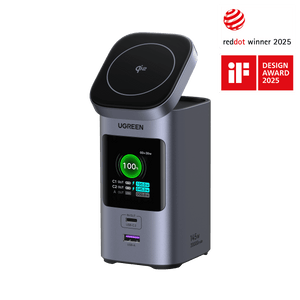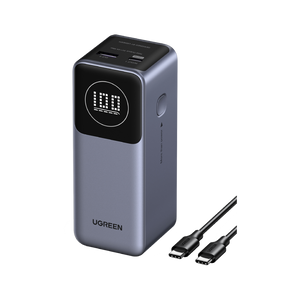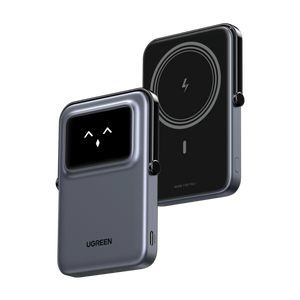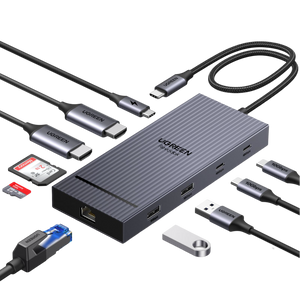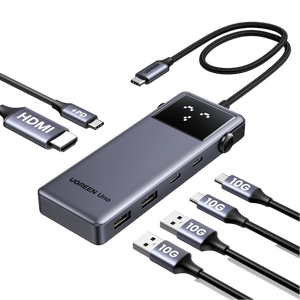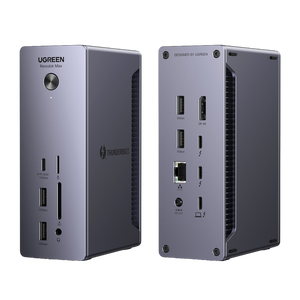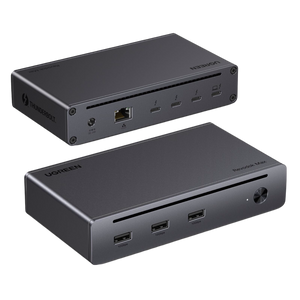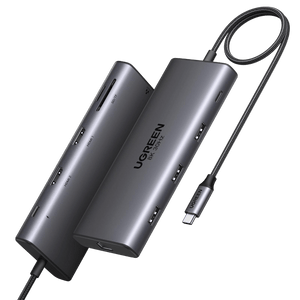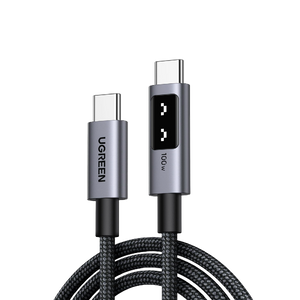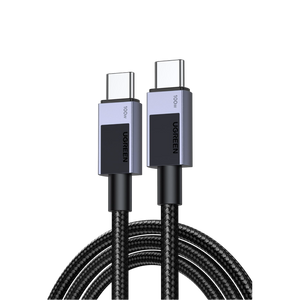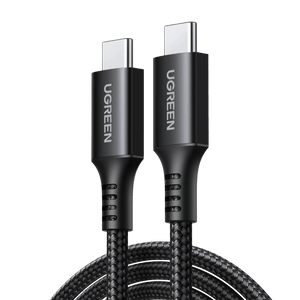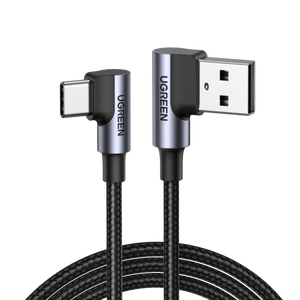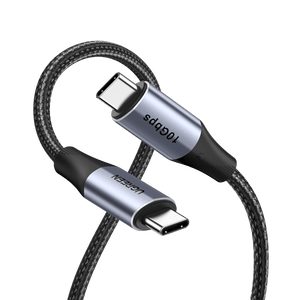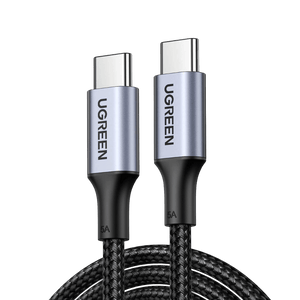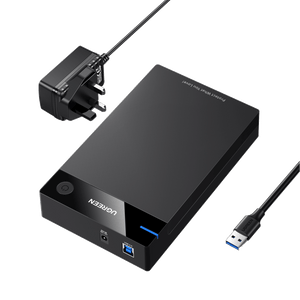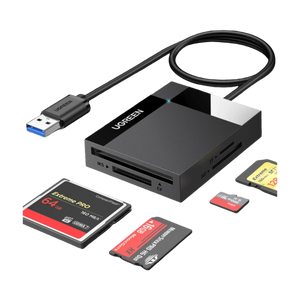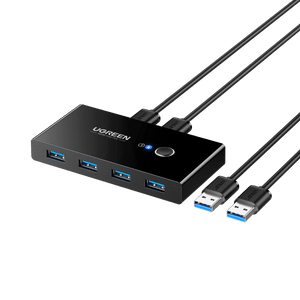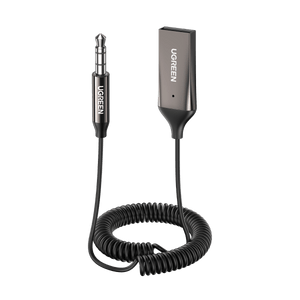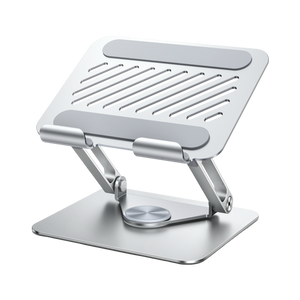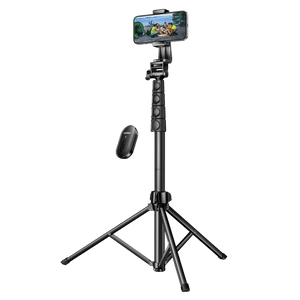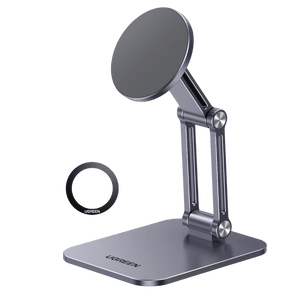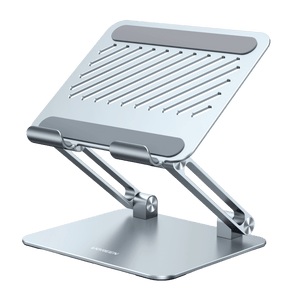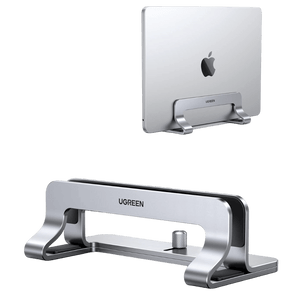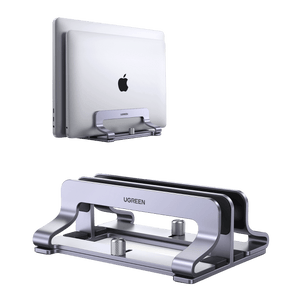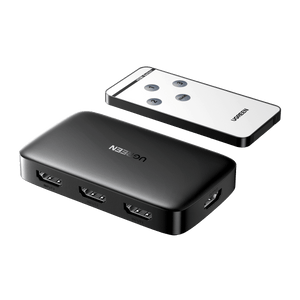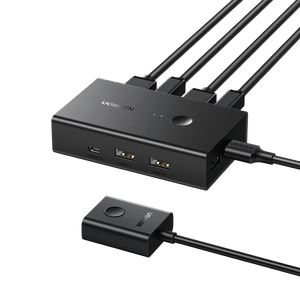How to Keep Your Passport Safe When Travelling: A Step-by-Step Guide by Travel Phase
We all love the thrill of travel, but nothing throws a spanner in your plans like a missing passport. Imagine being stuck in a foreign country, completing emergency forms, and negotiating with embassies. The only thing you want to lose on holiday is your sense of time, not your ID.
So, how to keep your passport safe when travelling? It is less about where you put it; it’s how you prepare, what you use, and the little habits you adopt to stay one step ahead. This guide will walk you through the details of keeping your most important document safe, secure, and where it belongs: with you.
Before You Leave: Prep for Passport Safety
Passport security starts long before you ever board an airplane. Think of this step as your insurance policy against disaster while travelling. Start by scanning and printing a few copies of your passport. You should have at least one physical photocopy stored separately in your luggage, and one scanned copy in the cloud (Google Drive, Dropbox, or even just emailed to yourself). Here's a travel tip from seasoned travellers: Instead of taking a picture of your passport information page, take a picture of the barcode on the back. This action protects your identity without losing a verifiable ID when needed.
Next, note down important contacts. This write-up should include your country’s embassy, your bank, and emergency contacts. Print it. Save it on your phone. Do both. And don’t just throw your passport in any old wallet. Use an RFID-blocking passport wallet, anti-theft backpacks, or neck pouches designed for discreet travel. RFID technology in new passports makes them susceptible to skimming with RFID readers. Bonus points, if you’re travelling with family, use a bigger passport wallet to keep everyone’s stuff in one place.
If you're still searching for a way to keep your passport safe, why not opt for a smart finder? Step in UGREEN FineTrack Slim Smart Finder. It's a slim tracker that perfectly fits in your passport case and integrates well with Apple's "Find My" app. With one tap, you can initiate a loud 80dB alarm or see your lost item anywhere in the globe. It even has item sharing between devices, so it's great for family travel. And the battery? A year's worth of use on a single charge and it lasts longer than an AirTag!

Don’t forget your tech essentials. You’ll be relying on your phone—not just for digital copies of your documents, but also for boarding passes, embassy addresses, and communication apps if something goes wrong. That’s why a compact travel charger is essential. Look for a GaN charger with multiple ports (USB-C and USB-A), foldable prongs, and universal voltage (100–240 V), so you can stay powered in any country. A good charger keeps your phone, tablet, and e-readers topped up from just one outlet—crucial when power sockets are limited in airports or hotels. And while smart finders don’t need charging, keeping your phone powered ensures you can always track your belongings if needed.
At the Airport: Stay Alert at Check-In and Security
Airports are distracting by nature, perfect hunting grounds for opportunists. Security checks are where the majority of passports are lost or forgotten. The golden rule: take it out when you need it and put it right back into the same safe place every single time. Muscle memory is your friend in chaotic spaces. Neck wallets, inner jacket zip pockets, or hidden pouches sewn into clothing are the best way to carry your passport when travelling. Never store it in your trouser pocket, outer coat pockets, or your backpack.
And for goodness' sake, never put it in your back pocket. That's just an invitation for a pickpocket to get to work.
In Transit: On the Plane or Train
Just because you’re in transit doesn’t mean your passport’s safe. In fact, it’s when people get comfy that things go missing. First rule: never, ever use the seat-back pocket. It’s a black hole for important things. Second, don’t nap unless your passport is physically on you. Wear a neck wallet, use a travel scarf with a zip pocket, or whatever keeps it close. And don't stick it in your carry-on if you're hiding it in an overhead compartment. Keep it with you. Always.
Think about your "three Ps": passport, phone, and pounds (or wallet). Take a quick mental inventory every time you get up or move around. Or just get a UGREEN Smart Finder and save yourself precious brainpower lost thinking about the best way to keep your passport safe while travelling.
At Your Destination: Out and About
Once you've arrived, figuring out where to keep your passport when travelling can be tricky. In most places, you don't need to carry your passport around with you. Many experienced travellers carry a copy and keep the original in the hotel safe. This action is generally your best bet, especially in cities where pickpocketing is common.
If local law requires you to carry ID or if you're going to currency exchanges, embassies, or train stations, then take it with you. But keep the passport in an anti theft crossbody bag with inner zip pockets. Don't store it in outside pockets, and never wear those passport holders that scream "Tourist!" Blingy covers, leather wallets with country flags, or travel wallets around your neck are invitations to thieves.
One smart habit is to split your essentials. Put a bit of emergency cash in your shoe, a spare card behind your phone case, and your passport in a completely separate, secure area. That way, even if one item goes missing, you’re not left stranded.
When Crossing Borders or Changing Cities
This period is when you’re most likely to have your passport in hand and when you’re most at risk. When travelling from city to city, or crossing borders, keep your passport hidden deeply in a money belt or inner jacket pocket. Wear slash-resistant gear, and never expose your passport for even a moment. When using public transport in crowded or chaotic terminals, be very aware of what's going on around you.
Still wondering whether you should you carry your passport with you? Ask yourself: do you actually need it for the day? If not, stash it away. It only takes one brief moment of distraction in a busy train station or border crossing for disaster to strike. And remember: with your UGREEN Smart Finder, a single tap can guide you to its location in a flash. If you would like more information, please click on the: FAQ about UGREEN FineTrack Smart Finder

Before Heading Home: Wrap Up Securely
You're nearly there; don't get complacent yet. Check your travel documents 48 hours before departure. Confirm where you have your passport stored, charge up your UGREEN Smart Finder, and double-check that it's still connected to your phone.
Fatigue leads to mistakes. Stick with the same carry approach that’s been serving you throughout the trip to avoid losing your passport. The airport departure terminal is the last place you need to experiment with a new pocket or pack.
What to Do If You Lose Your Passport
Okay, worst-case scenario, it’s gone. Breathe. Here’s what to do. First, report it to the local police and ask for a report. You’ll need this for your embassy. Then, go to the nearest consulate or embassy. Take a printed copy or photograph of your passport with you to expedite the reissue. If it's an emergency, you can usually obtain an emergency passport within 24-48 hours.
Your travel insurance might even cover it; make sure your policy covers the loss of your passport. And if you’ve stashed a bit of emergency funds or have a backup ID, that’ll help, too. Situations like these are where having some of the best travel accessories, like a UGREEN Smart Finder, hidden wallet, or backup ID, earn their keep.
Final Thoughts on How to Keep Your Passport Safe When Travelling
Trying to keep your passport safe while travelling isn’t about being paranoid; it’s about having a plan. A little prep, the right gear, and some simple habits go a long way. And if you’ve got the UGREEN Smart Finder tucked in your passport wallet? Even better. You’ll spend more time enjoying your trip and less time patting your pockets in a panic.
Travel is supposed to be about freedom, not fear. Take some intelligent precautions now, and your passport will be the least of your concerns later.
